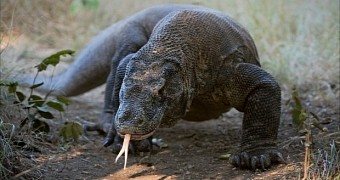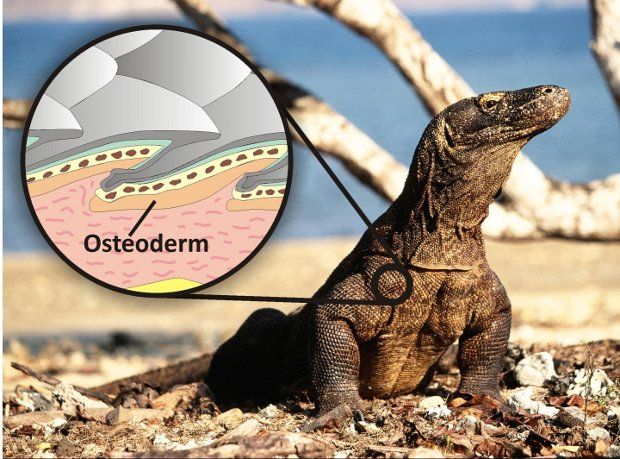A fossilized lizard bone was not too long ago unearthed by a team of University of Queensland paleontologists digging close to the city of Rockhampton in Australia.
The bone, measuring about 1 centimeter (about 0.4 inches) in length, is an osteoderm. This means it's not so much a proper bone as a bony plate originating from the creature's skin.
It is believed to belong either to an ancient Komodo dragon or to a Megalania monitor lizard, a now-extinct species that would grow to measure 6 meters (nearly 20 feet) from head to tail and weigh around 500 kilograms (1,100 pounds).
All the same, what puzzles scientists is its age. Thus, having examined it, the University of Queensland research team concluded that the bone dates back to around 50,000 years ago.
Coincidentally, it was around this time that the first humans reached Australia. This means that, when they got to this continent, our ancestors were greeted by giant killer lizards.
For a while, early humans and the ancient predators coexisted in this corner of the world. Then, as shown by fossil evidence, the giant killer lizards suddenly went extinct, EurekAlert explains.
Some believe shifts in environmental conditions were what got to them and pushed them off the biodiversity map. The discovery that they shared their habitat with humans for a while, however, tells a somewhat different story.
“It's been long-debated whether or not humans or climate change knocked off the giant lizards, alongside the rest of the megafauna. Humans can only now be considered as potential drivers of their extinction,” says researcher Gillbert Price.

 14 DAY TRIAL //
14 DAY TRIAL // 

